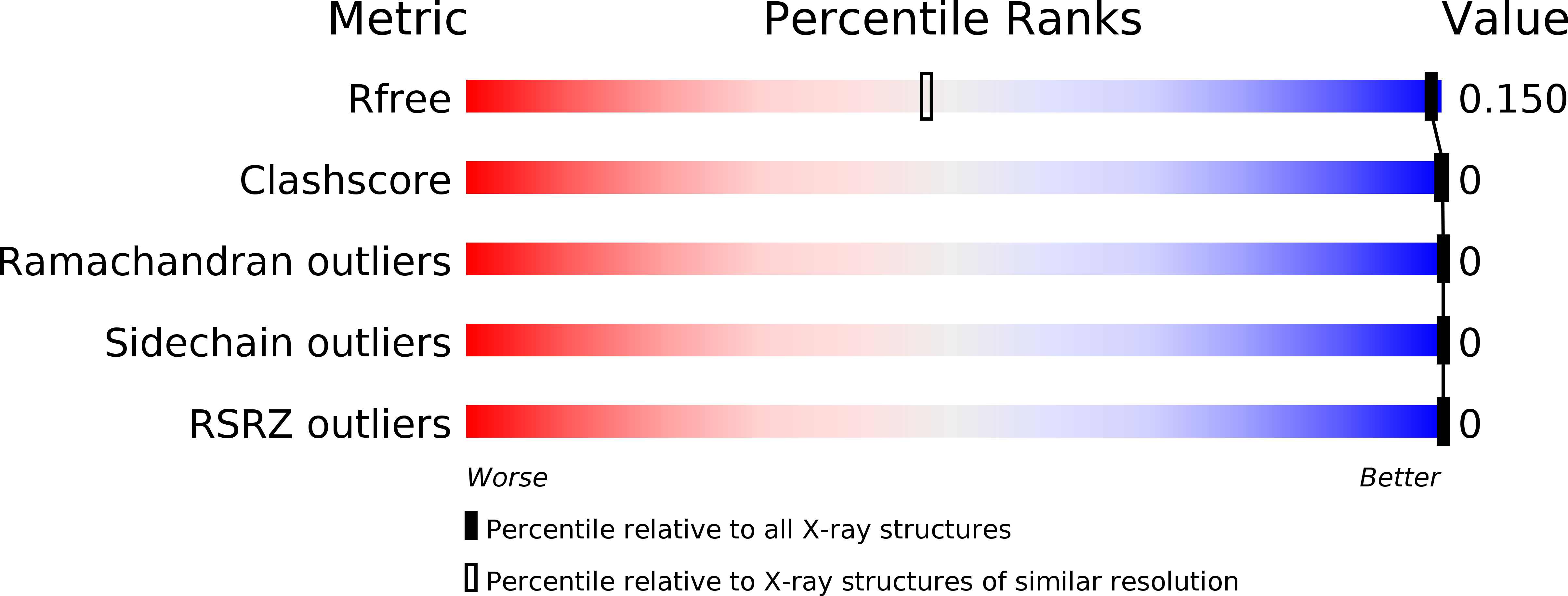
Deposition Date
2010-07-06
Release Date
2011-02-02
Last Version Date
2024-10-23
Entry Detail
PDB ID:
2XJH
Keywords:
Title:
Structure and Copper-binding Properties of Methanobactins from Methylosinus trichosporium OB3b
Biological Source:
Source Organism:
METHYLOSINUS TRICHOSPORIUM (Taxon ID: 595536)
Method Details:
Experimental Method:
Resolution:
0.92 Å
R-Value Free:
0.14
R-Value Observed:
0.12
Space Group:
P 41 21 2


